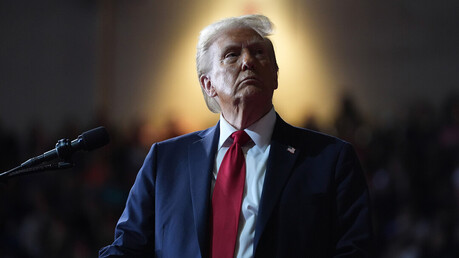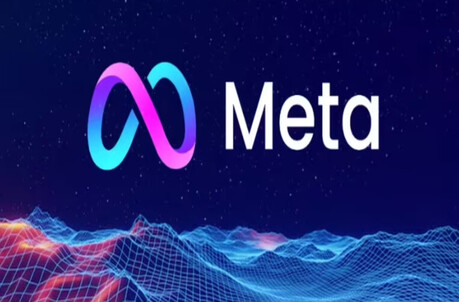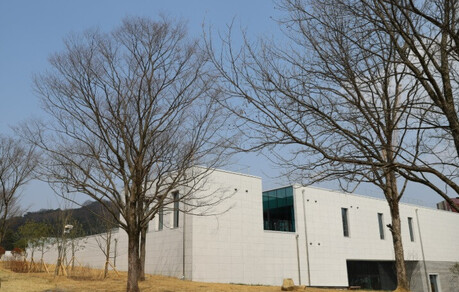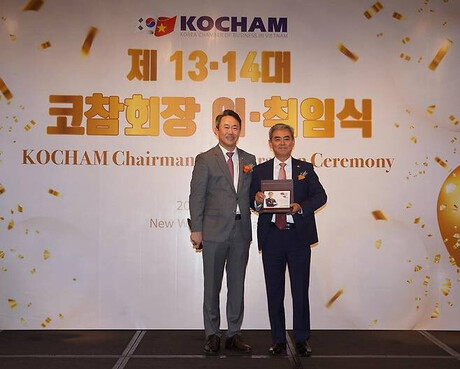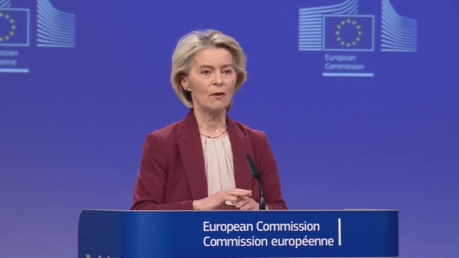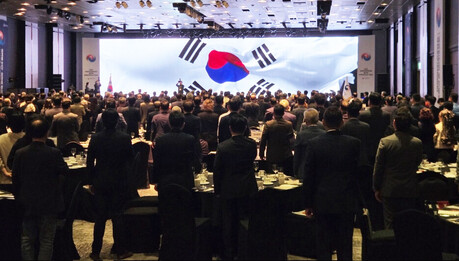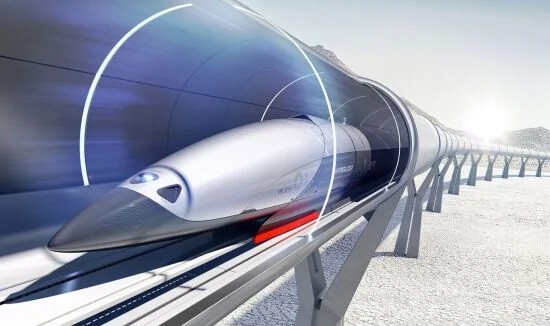
SEOUL — A revolution in transportation is on the horizon as South Korea throws its weight behind the development of the HyperTube (or Hyperloop) system, a futuristic technology promising to compress the nation’s geography by enabling travel between Seoul and Busan in a mere 20 minutes at speeds up to 1,200 kilometers per hour.
This ultra-high-speed transit system, described as a "flight on rails," utilizes magnetic levitation technology to propel capsule-like vehicles through a sub-vacuum tube—maintaining a near-vacuum state (0.001 to 0.01 standard atmospheres) to virtually eliminate air friction. This radical approach is designed to overcome the aerodynamic and rail-friction barriers that currently cap high-speed rail, such as China’s world-leading network, at speeds around 450 km/h. For perspective, the current KTX high-speed train takes approximately 1 hour and 52 minutes for the Seoul-Busan route.
The global push for this "supersonic ground transport" was ignited by Tesla CEO Elon Musk, who unveiled the "Hyperloop Alpha" concept in 2013. His Boring Company later commercialized a tunnel transport system for conventional vehicles in Las Vegas, Nevada. Since then, various international entities, including Virgin Hyperloop, which conducted the world’s first manned test in 2020, as well as developers in Europe and India, have intensified their efforts. South Korea's own Korea Railroad Research Institute has been a significant player, achieving a record-breaking speed of 1,019 km/h with a scale model under near-vacuum conditions in 2020.
Despite the monumental potential—envisioning a world where long-distance commuting becomes negligible—the path to commercial viability is fraught with complex engineering challenges. Maintaining the high vacuum across hundreds of kilometers, mitigating issues like thermal expansion, ensuring passenger safety at near-supersonic speeds, and managing the exorbitant infrastructure costs are among the major hurdles. Moreover, the industry must develop a new regulatory and safety framework for this unprecedented mode of transport.
Experts project that overcoming these substantial technical and financial difficulties will require an additional decade or more before HyperTube can be fully commercialized. Nevertheless, as nations accelerate their research and investment, the dream of a hyper-connected world, where time and distance are fundamentally redefined, moves steadily closer to reality.
[Copyright (c) Global Economic Times. All Rights Reserved.]

















